Artist Interviews 2024
Marisa Caichiolo (DIVERSEartLA) 
By Julia Siedenburg


Marisa Caichiolo is a true powerhouse of women in the art world! She is part of so many amazing programs and projects as part of the yearly Los Angeles Art Fair, and beyond.
While being the Curator for the LA Art Fairs; the DIVERSEartLA
initiative works as a platform to create collaborations between museums, nonprofits, etc, she also takes part in The Museum Acquisition Award for Emerging Artists, which is in its second year running. Believe me when I tell you, this native Argentinian truly knows all aspects and facets of this wild and fun Art world jungle. Before running Diverse, she was an artist on big studio movie projects, owned her very own art studio and if that is not enough, she also established her own art-focused non-profit.
To say this woman lives for the art community would not be exaggerated. I personally am in total awe of everything she has already accomplished and I feel very honored she was able to take some time and share a bit of her story with us!
Please enjoy this very inspiring interview, dear reader:
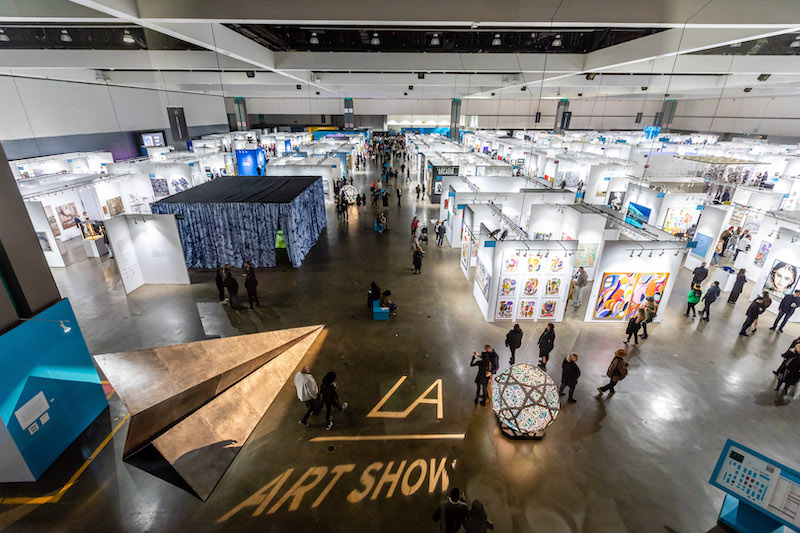
What drew you to pursue a career in the art world?
Tell us a bit about your childhood and upbringing. Were your parents interested in art at all?
From an early age, I was introduced to the arts through my family. My aunt painted and had a studio where I would often play with brushes, papers, and canvases. She became my first art teacher at a very young age. When I was 13-15 years old, I set up a studio in my parents' garage to play and give painting lessons to the young children in my neighborhood, who were around 5-6 years old. I had a lot of fun during those times
I hold a degree and a Ph.D. in Art History, curatorial studies, and Psychology. In late 1999, I moved from Argentina to Los Angeles to work as an artist for Nickelodeon and Paramount Pictures on movies such as "Rugrats Go Wild" and "The Wild Thornberrys Movie." The animation industry was my initial introduction to the city of Los Angeles.
Simultaneously, I maintained my own art studio in Downtown Los Angeles (DTLA) where I created my own artwork. I would spend my mornings at the animation studios and my evenings in my personal art studio. I collaborated with other artists in shared studios located on Figueroa and 8th Street in downtown LA before eventually moving to Santa Fe Art Colony. In 2005, I laid the groundwork for my career as a curator and established the Building Bridges Art Exchange Foundation (BBAX). BBAX is a non-profit art organization dedicated to providing a platform for critical thinking and research, with a focus on diversity and inclusion. For the past 13 years, BBAX has been located in the Bergamot Station Arts Center.
From the very beginning, Building Bridges’s mission statement was to provide an art platform for critical thinking and research focusing on diversity and inclusion and also that would enable artists from all over the world to connect, establish peaceful dialogue, and create narratives that would explore political and social movements as well as issues impacting different regions of the world. I want to make sure that my organization is a vehicle for the exploration and examination of socio-political problems in today’s changing world.
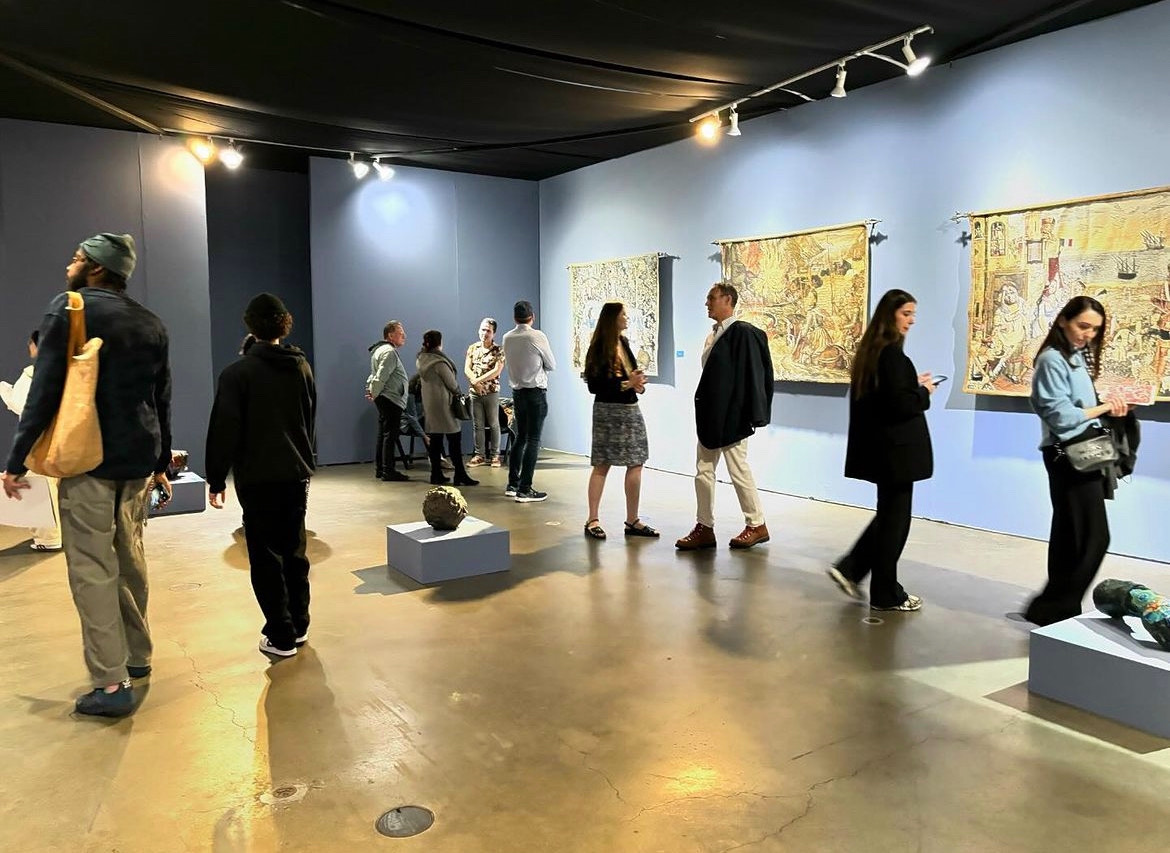
What type/genre of art speaks to you personally the most?
My curatorial and artistic research primarily centers on exploring the influence of social and political changes in society. I concentrate on cultural exchanges that involve cultural production spanning theory and practice.
I collaborate extensively with artists and art institutions that wield a significant impact on contemporary society. This includes artists who explore themes such as the use of their bodies and the environment. I support artists engaged in performance art, interactive projects, and, most importantly, community engagement initiatives.
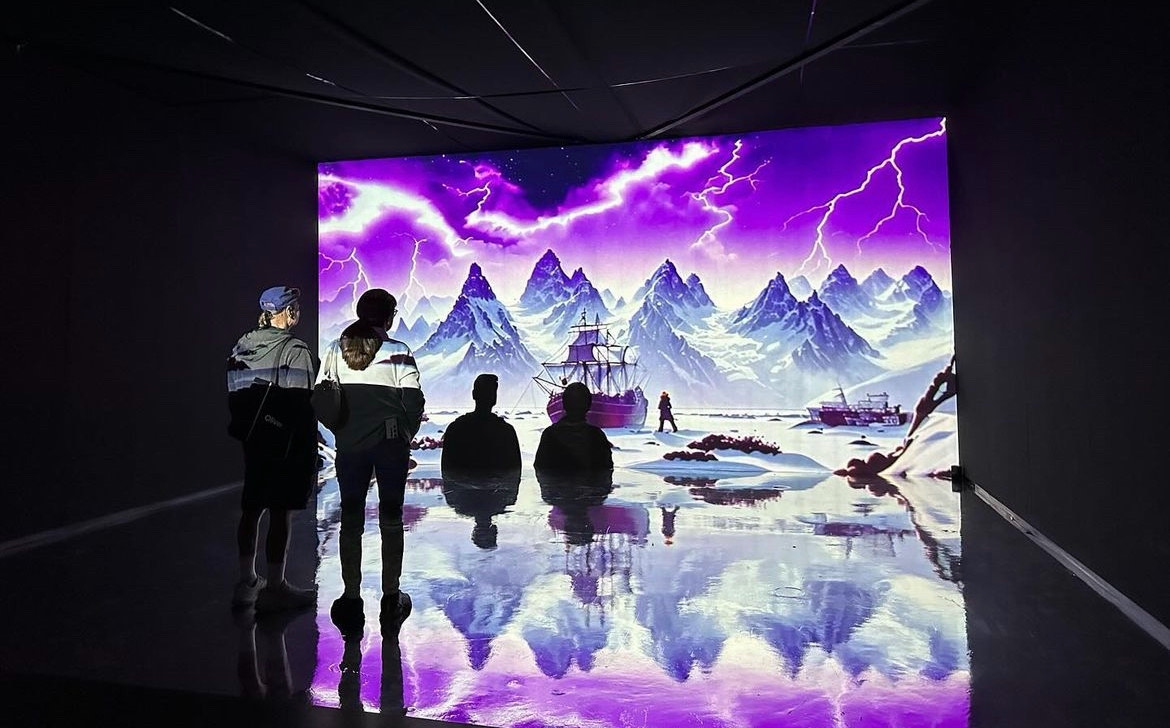
Please tell us in a few words: What is DIVERSEartLA exactly?
DIVERSEARTLA is a non-commercial curated platform that collaborates with a rotating group of museums, art institutions, and non-profits. Our aim is to engage local and global communities by uniting prominent art experts and thought-provoking scientific figures to foster innovative ideas and catalyze social change through art.
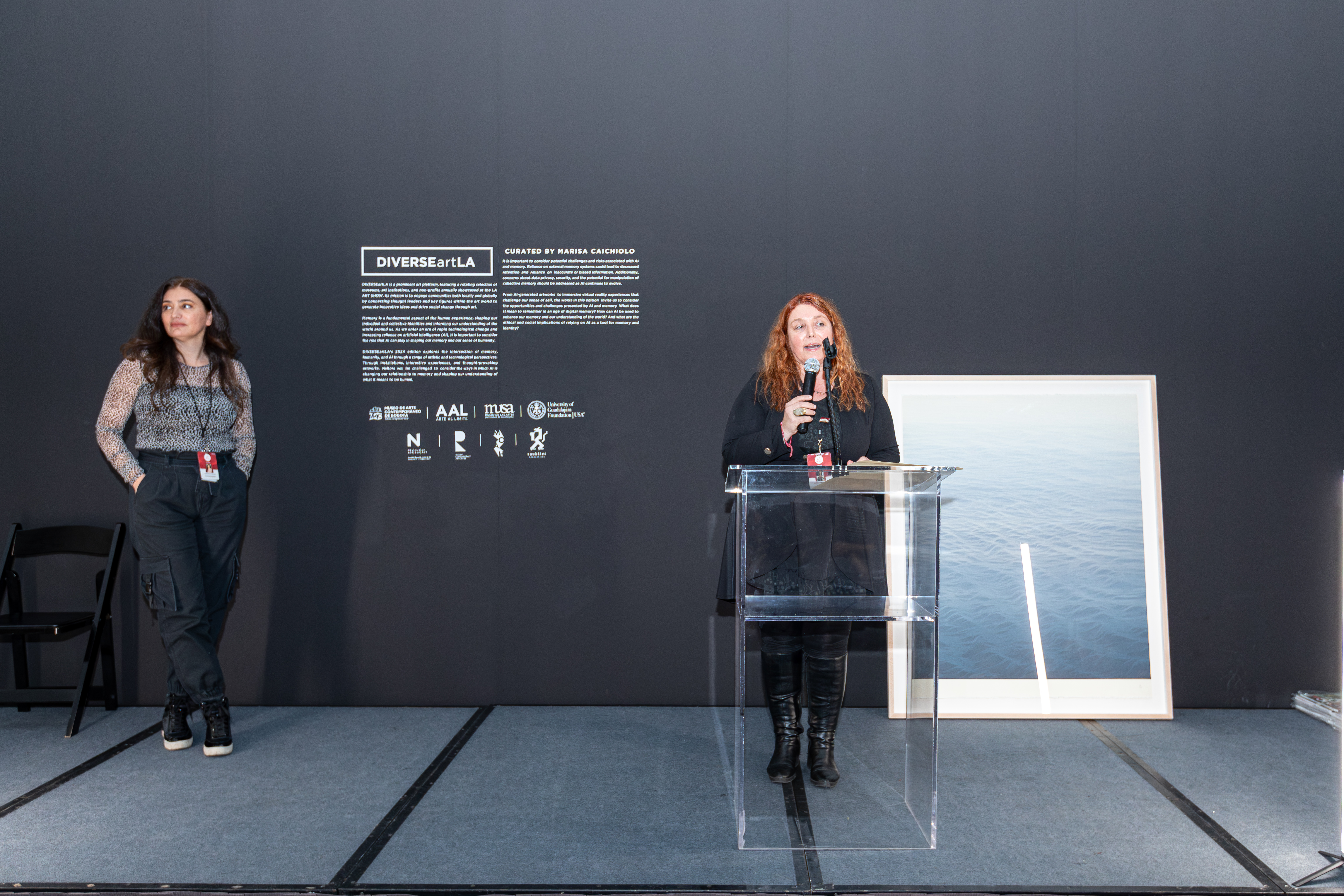
Can you give our readers a quick rundown on what your duties are as a Curator for Los Angeles Art Shows’ DIVERSEartLA initiative?
The initiative began over 8 years ago when I curated a non-commercial area of performances at the Fair. It slowly grew with the idea of incorporating non-profits, arts institutions, and museums (an area of culture I am deeply interested in). As it expanded, the focus shifted toward my vision of fostering a diverse conversation and dialogue at the Fair as a Latina immigrant, which is why it was named DIVERSEartLA.
In my role, I start by compiling a list of institutions I wish to involve in the conversation. Subsequently, I send out formal invitations along with my curatorial concept for the particular edition, setting a deadline for the submission of projects based on that theme. After reviewing all the proposals, I select the ones that best align with the curatorial vision and proceed to work on the production process. This involves creating everything from the floor plan layout to conceptualizing the overall image of DIVERSEartLA, including the visual aesthetics, educational components, and performances that contribute to community engagement with each institution. It serves as an invitation for collective reflection and healing
I am grateful for the unwavering support that the Fair's Director Kassandra Voyagis and owners have provided to this platform. They wholeheartedly embrace and believe in the importance of art education and community engagement, values that are also dear to me.
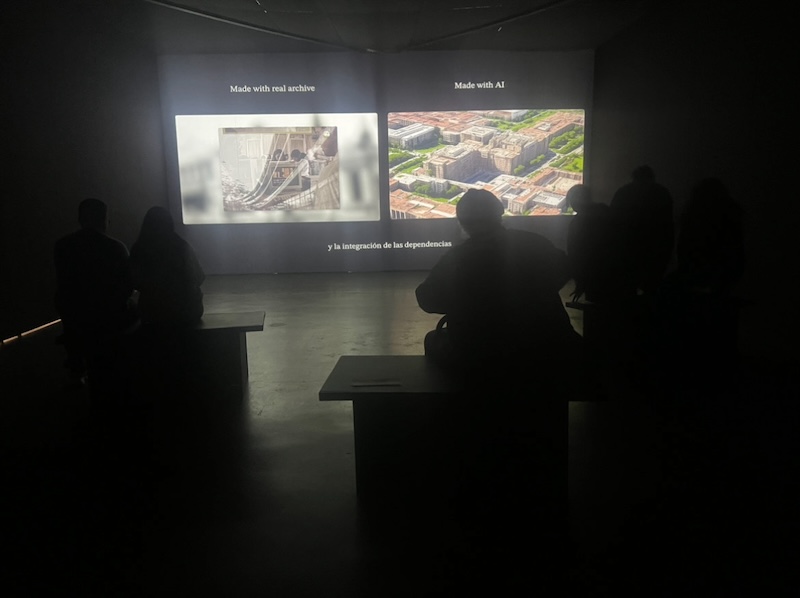
How do you feel about the fact that AI is influencing more and more aspects of our daily lives and entertainment?
I am concerned about the pervasive use and potential misuse of AI, which has already become an integral part of our lives. Despite the risks and profound changes it brings to humanity, AI is here to stay and will undoubtedly shape our future, whether we welcome it or not.
As another creation of humankind, AI reflects how we choose to utilize and interact with technology. Unfortunately, our intentions can sometimes be destructive, which is a troubling reality. The rapid advancement of technology often outpaces our cognitive and physical capabilities, leading to a mix of excitement and confusion as we try to adapt.
In line with my beliefs, AI is fundamentally altering our relationship with memory and reshaping our understanding of human identity. It is crucial to acknowledge the potential challenges and risks associated with AI and memory. Relying on external memory systems may diminish our ability to retain information and lead to dependence on flawed or biased data.
Furthermore, we must address concerns regarding data privacy, security, and the manipulation of collective memory as AI technology continues to progress. From AI-generated artworks to immersive virtual reality experiences that challenge our self-perception, the projects featured in this edition prompt us to contemplate the opportunities and obstacles that arise from the intersection of AI and memory.
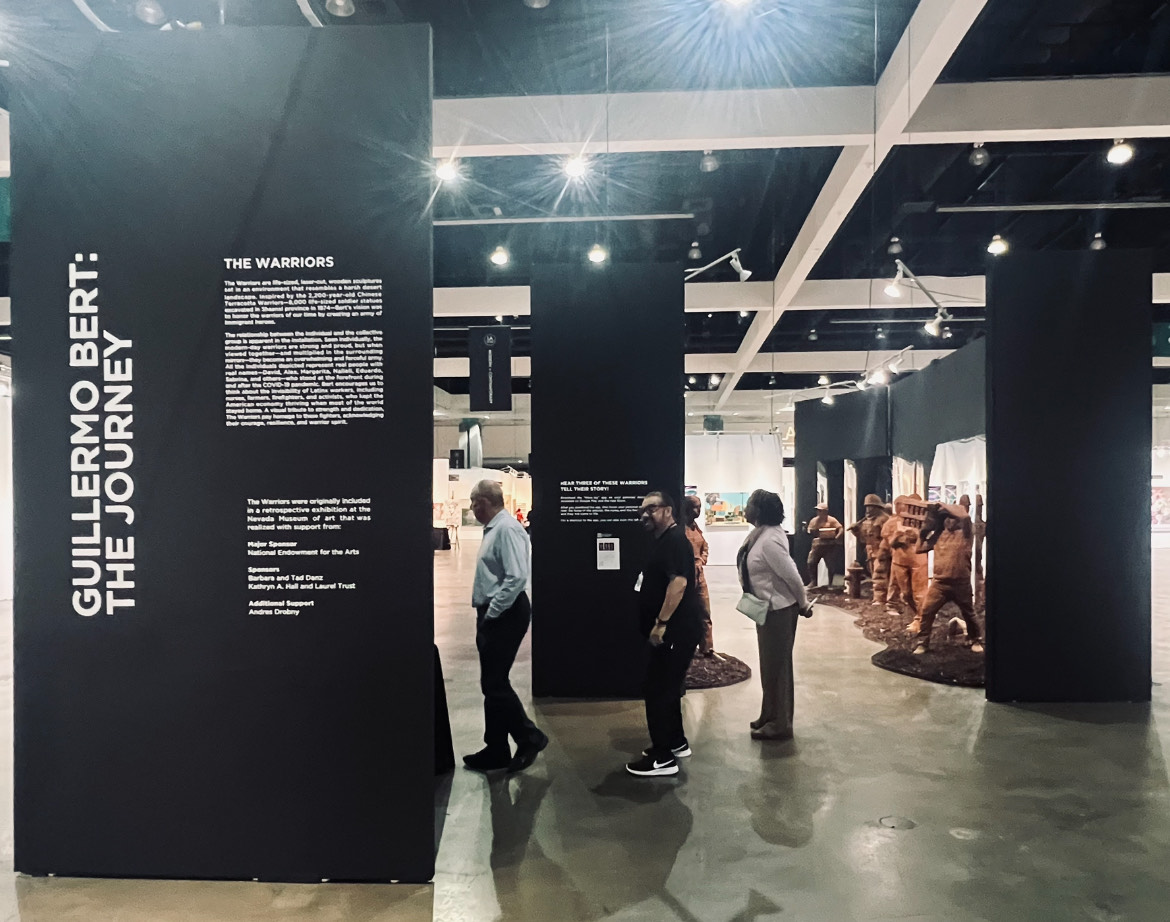
One of your artists for this year’s show is Guillermo Bert whom I interviewed as well. How did he become part of the DIVERSEartLA exhibit?
I was particularly captivated by the exhibition held at the Nevada Museum in Reno, Nevada. The artist not only utilized technology in creating sculptural pieces but also immersed in human memories, history, and AI applications to establish connections with audiences. His work prompted us to contemplate the often-overlooked contributions of Latinx workers, including nurses, farmers, firefighters, and activists, who play vital roles in society.
After visiting the museum and engaging in discussions with the curator, we decided that this project was the most compelling focusing on AI and human memory for Diverse. Subsequently, a significant amount of work and a rigorous process were undertaken to prepare the pieces for shipment and arrange their installation. This involved collaborating closely with the museum team to ensure that the exact floor plan and designs were implemented as intended.
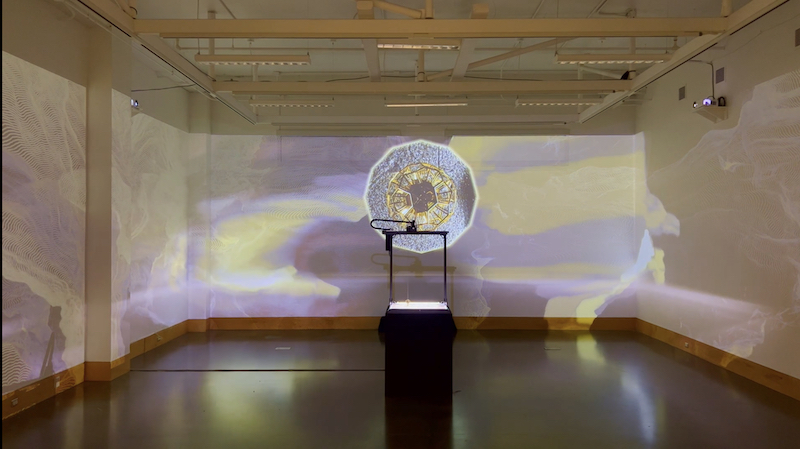
Can you tell us about some other artists that you are particularly excited about showcasing this year?
We featured prominent artists such as Laleh Merah, a well-established artist from Iran, presented by RED LINE Denver. Her installation offered a unique perspective on the politicization of ideologies, influencing responses to events both within and beyond borders. The exhibit was curated by Louise Martorano. Additionally, Chris Coleman's Threaded Tracing utilized cuttingedge computer vision technology (LiDAR) to digitize natural and human-made spaces, preserving them in digital memory.
The Grodman Legacy, in collaboration with the Guadalajara Foundation and MUSA Museum, aimed to provoke contemplation on the utilization of AI as a tool for creating a historical archive. The exhibit, "Fake Memory of a True Past," was curated by Moises Schiaffino.
The Lancaster Museum of Art and History (MOAH) showcased Osceola Refetoff's "Repairing the Future," a multimedia exhibition focusing on global sea level rise. The centerpiece of the installation was an immersive audio-visual projection of the artist's 8-minute film, "Sea of Change." Curated by Andi Campagnone, the project also featured a performance component for community engagement with local artists Kaye Freeman and Amy Kaps.
The MAC Museum of Colombia showcased Carlos Castro, who employed the ancient medieval technique of tapestry to create artworks that bridge the gap between the past and present. Through his use of iconography, Castro weaves a conceptual narrative that offers a fresh perspective on our recent history within the context of today's hyper-connected, transcultural, and meaning-seeking society.
Artist Antuan, in collaboration with the AAL Museum from Chile, presented an immersive installation titled "Be Water," which explores the diverse dimensions of water in nature and human existence. Antuan's creation, the Human Net, a human geometric structure visible in each sculptural piece, symbolizes the universe's symmetry, elemental purity, and universal wisdom.
Lastly, Raubtier and Unicos Productions introduced an AI project that bridges emotional and digital landscapes, offering a unique exploration of the intersection between human emotions and technology.
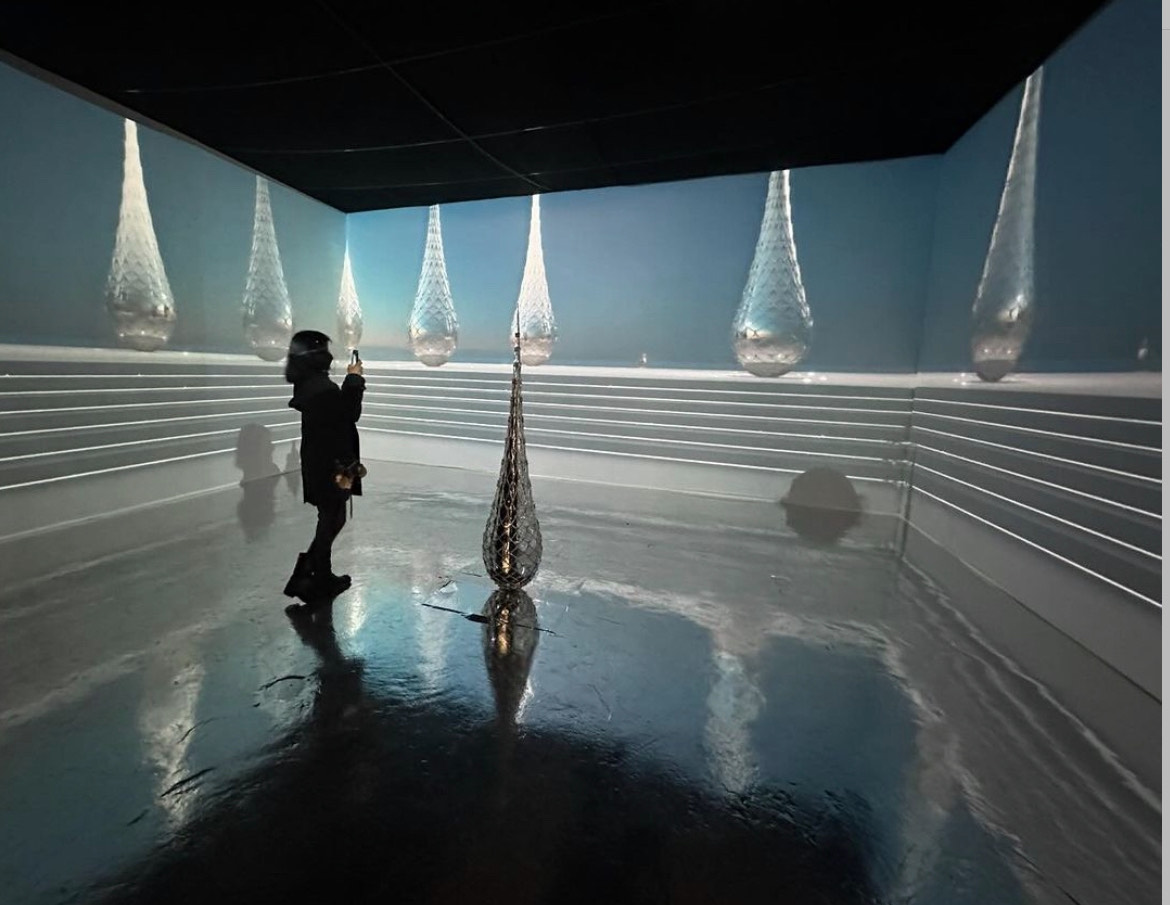
The Museum Acquisition Award for Emerging Artists in Los Angeles is happening for the second time. Can you tell us a bit more about what inspired that and who will be awarded this year?
This initiative began last year with La Neomudejar Museum from Spain, which selects one artist from the Fair and purchases a work from the gallery to become a part of the museum's permanent collection. The initiative aims to bolster the art community by encouraging leading national and international museums to acquire artworks.
In this edition, the Museum AAL from Santiago, Chile, honored an artist from Pigment Gallery in Spain, Juan Escudero, as an emerging talent. Juan Escudero was selected as the recipient of this recognition, the Diverse Adquisición Award 2024.

What are your future hopes and dreams for DIVERSEartLA ?
I hope that DIVERSEARTLA will continue to grow and make an even stronger impact on society and the arts community at large. It is an incredibly important and unique platform in the world. Really hope we become a point of reference and an inspiration.
THE LA ART SHOW
is the only fair that provides space for 7 to 8 institutions from around the world to showcase and represent their annual focus,
serving as a crucial point of reference for cultural discussions. The new director of the Fair, Kassandra Voyagis, strongly supports the idea of cultural
diversity and is committed to creating more opportunities for DIVERSE to expand and thrive.
|
|

